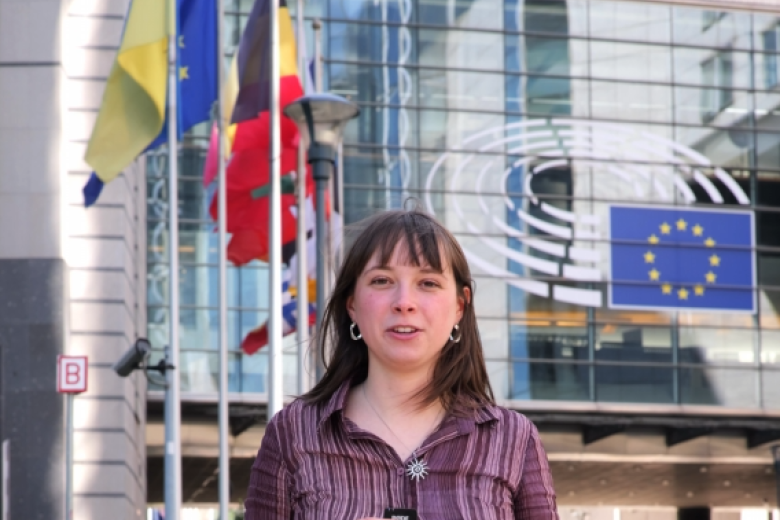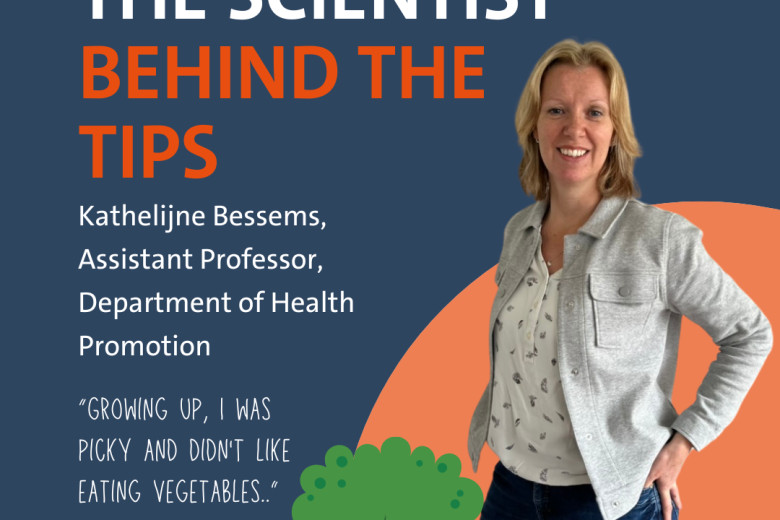Students hunting for fossils in the ENCI quarry
Moving orange spots on a yellow background are the first indication that something unusual is taking place in Maastricht's limestone quarry, Sint-Pietersberg. A closer look reveals that these are people clothed in orange vests. They are Maastricht Science Programme students and supervisors. In July, they carried out the first systematic excavation, which Maastricht University is conducting.
Maastricht has been known for its fossil-rich subsoil for centuries. The first mosasaur rose from the ground in Maastricht, making the city famous until today. Maastrichtian is the name of a geological epoch that took place between 72 and 66 million years ago.
"Until a few years ago, limestone was extracted from the quarry on a daily basis, making research nearly impossible. Everything happened on the fly, as soon as something extraordinary, like a mosasaur, was discovered. For the first time, Maastricht University can perform a systematic study of the fossils in the Maastrchtian," says Leon Claessens, professor of palaeontology at the Faculty of Science and Engineering..
Text continues below the photos.
His colleague, biologist George Mesher of the Maastricht Science Programme, adds: "We involve students in the excavation so that they can learn about methodical field research. We want to organise an excavation every summer, and we hope that the students who are currently enjoying their first experience as palaeontologists will wish to share their knowledge with the new students next year."
The current group's enthusiasm indicates that Mesher does not need to worry about participation next year. Armed with instruments ranging from pickaxes to tweezers, and despite the heat, they are hard at work, uncovering the mysteries of the Sint-Pietersberg and, who knows, unearthing a piece of new a mosasaur.
Text: Patrick Marx
Also read
-
Europe Day
To celebrate Europe Day on 9 May, FASoS student Lisa travelled to Brussels to meet with five of our inspiring alumni who are currently shaping European policy and advocacy. In this video, they share why Europe Day matters, how it’s celebrated in Brussels, and what the idea of Europe means to them.

-
The Green Office Catalyses Circularity Projects’ Autonomy
This semester, the Green Office cultivated the untapped potential of the Community Garden and the Clothing Swap Room. We hope that these Circularity Projects will operate under autonomous, functional organisations by this time next year, with continued support from the Green Office and the SUM2030...
-
Evidence-based health tips for students: the science of eating healthy
In the upcoming months, we’ll share tips on Instagram for our students on how to live a healthier life. Not just a random collection, but tips based on actual research happening at our faculty. The brains behind this idea are Lieve Vonken and Gido Metz, PhD candidates at CAPHRI, the Care and Public...
